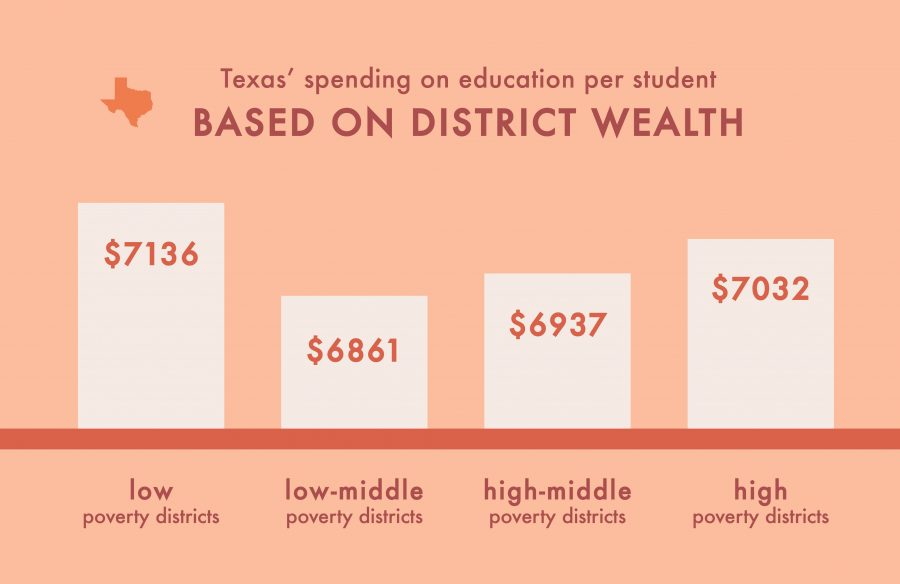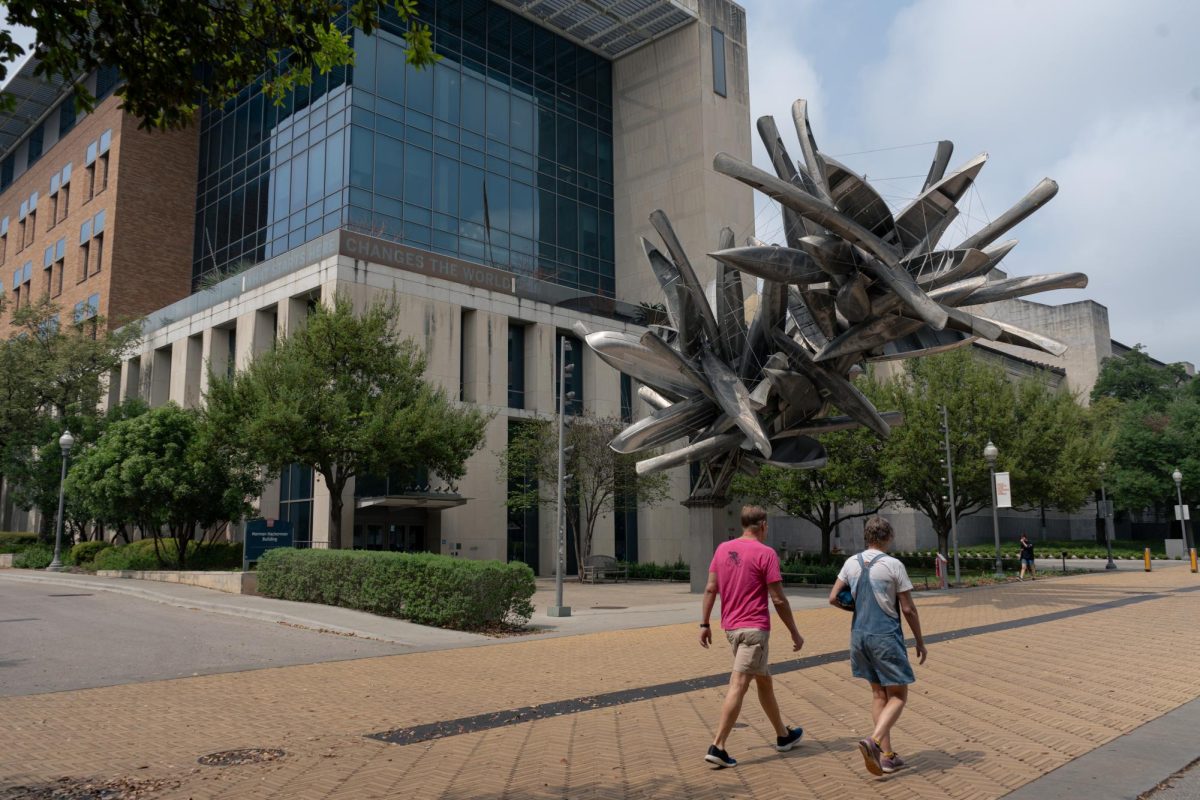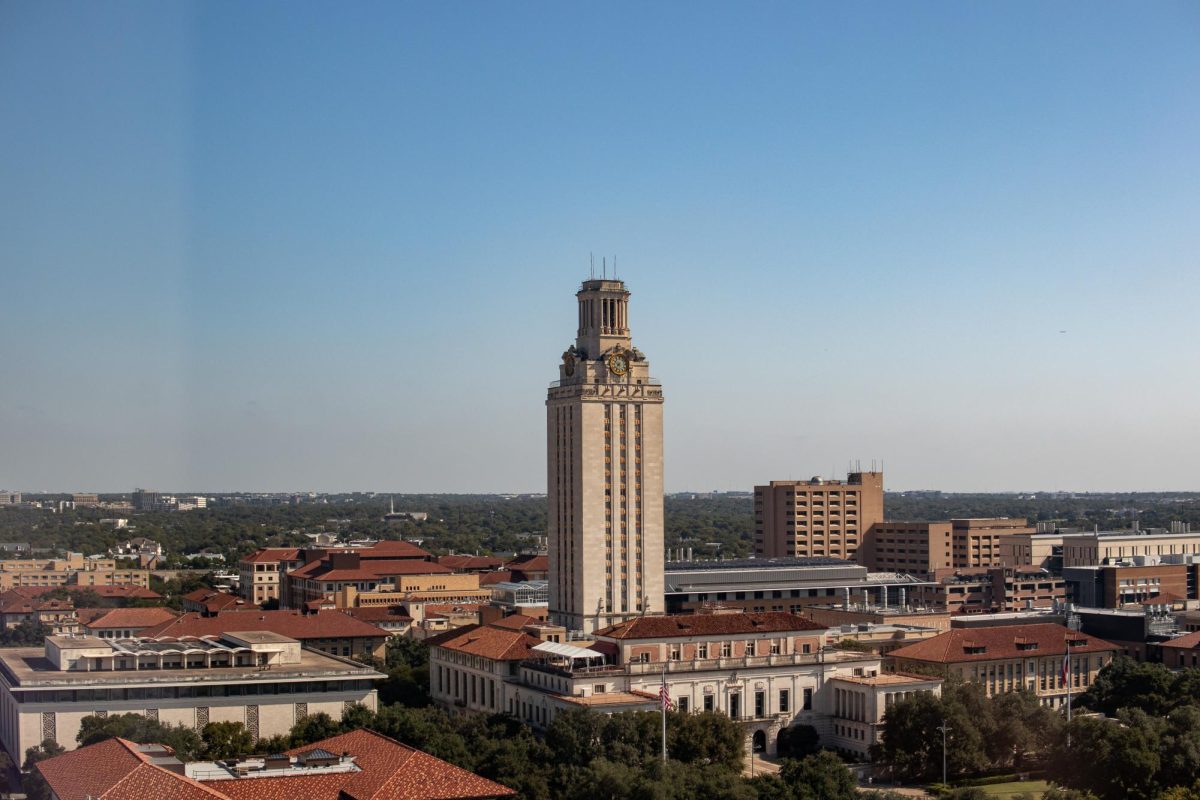http://www.star-telegram.com/news/politics-government/state-politics/article77435332.htmlOne of the largest issues in Texas education is also one that’s been brushed over and hasn’t garnered enough attention — the damage that the Texas school finance system does to poor school districts. The latest offense in this system is illegally breaking tax laws to redistribute funds from poor school districts to their rich counterparts.
A lawsuit filed Thursday charged that Texas education officials, including the Texas Commissioner of Education Mike Morath, illegally changed how property taxes are calculated in rich school districts. They allowed rich districts to file local optional homestead exemptions, which would reduce the amount they gave back to the state in property taxes to fund poor districts. These changes could effectively withhold money that should be going to poor districts and would cost poor districts across Texas $440 million per year.
Texas is meant to have a “Robin Hood” system, in which money is funneled from rich school districts and distributed among the poor ones. This system is supposed to function by taking property tax revenues from wealthy districts and redistributing the money among poor districts. However the state funding for education is deeply flawed, and doesn’t accurately uphold this ideal. Just last May the Texas Supreme Court found that the funding system “satisfies minimum constitutional requirements” and reversed a decision in the lower courts to change it.
But even if the system satisfies constitutional requirements, it doesn’t execute them, leaving a large wealth gap between school districts. With only state and local funding taken into account, Texas spends 1.5 percent more money on rich school districts. That’s an obvious sign that the “Robin Hood” system has inverted itself, and instead is causing the wealth gap between school districts to grow. Even when money is being redistributed from rich districts to poor ones (and not just staying in the rich districts) not enough is being given to poor districts to account for their larger student populations.
Revising the state funding system for education could potentially alleviate the $5.4 billion classroom cuts that the legislature made in 2011, cuts that directly affected poor districts. But the larger issue is that none of this is actively talked about.
Poorer school districts spend less on all aspects of education, from teacher salaries to purchasing new textbooks. This means that these schools offer fewer opportunities to students, such as a smaller variety of courses, excluding college-level coursework, to the detriment of their future once they exit K-12. Without all the modes of preparation and education possible, and without the equal opportunity that their rich counterparts receive, these students are less likely to attend college.
There should be a greater focus on the growing wealth gap between school districts, rather than brushing stories like the recently filed lawsuit under the rug. Taking money from poorer schools to give to richer districts is a heinous act that robs students of opportunities and chances based purely off their socioeconomic status. While there are a lot of issues in the Texas education system, this one must be dealt with to prevent the Texas Education Agency and its affiliates from widening this gap.
Berdanier is a philosophy junior from Boulder, Colorado. She is a senior columnist. Follow her on Twitter @eberdanier.





















